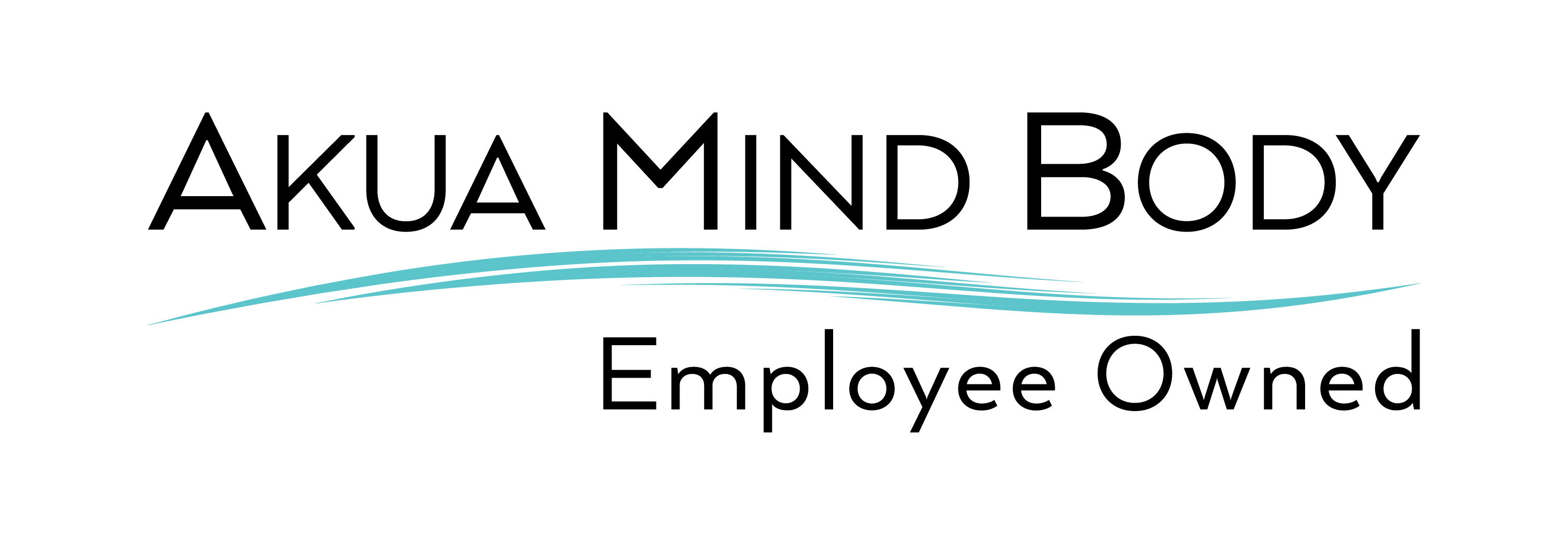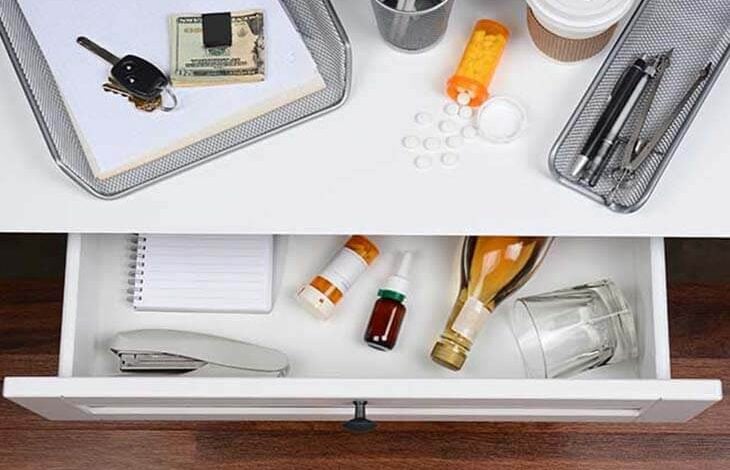Treatment Over Punishment! ‘No more jails,’ just mental health centers. There has been much debate over the years in terms of incarceration for non-violent crimes versus mental health treatment.
The prison system is a punishment, whereas mental health and substance abuse treatment centers are forms of rehabilitation.
Should we, as a society, choose to rehabilitate or punish those individuals in the prison system?
Until the mid-1970s, rehabilitation was a primary part of the United States prison policy.
Individuals who were incarcerated were encouraged and often mandated to learn occupational skills and to seek help for their psychological problems or substance abuse that may be a roadblock to their reintegration into society.
Many court sentences mandated mental health counseling or substance abuse treatment while in prison, especially if these were underlying triggers that landed them in prison in the first place.
However, since the mid-1970s, the U.S. prison system has become more of a source of punishment than a way to rehabilitate individuals back into society.
The United States now prides itself on a “get tough on crime” policy, which has resulted in the overcrowding of jails, abuse, and mistreatment of inmates and an increase in re-incarceration rates.
Two million people with mental illness are booked into jails each year.
Approximately 15% of men and 30% of women booked into jails have a severe mental health condition.
At least 83% of jail inmates with a mental illness did not have access to needed treatment.
Federal prisons are operating almost 40 percent above capacity, according to the Department of Justice.
In 2009, half of the inmates in federal prison, which represents 13 percent of the total prison population, had a drug offense as their most serious offense.
Approximately 11 percent of inmates with a substance abuse addiction receive treatment.
More than half of juvenile inmates who are in state or local prisons meet the criteria for an addiction involving alcohol or drugs.
Suicide attempts and self-inflicted injuries in prison have increased from 18 percent since 2015.
Individuals with mental health disorders are 11 times more likely to be victimized and bullies, leading to an increased rate in prison violence.
Re-Incarceration and Failed Integration Back Into Society
Approximately 80 percent of inmates end up returning to prison after being released.
For many others, this “revolving prison door” stops with a fatal drug overdose, usually days after their sentence ends.
The vast majority of these individuals are non-violent criminals, and many of them are still awaiting their trial and therefore are not even convicted of a crime. Integrating back into society after being imprisoned is a hardship in itself.
Many individuals must find a new place to live, may no longer have access to healthcare, and having a criminal record makes it challenging to obtain a job. As a result, many of these individuals, especially those who cannot seek treatment for an addiction or mental illness, end up homeless or back in jail.
Federal Prison vs. State Prison
Treatment for mental health and substance abuse is virtually non-existent in federal prison compared to state prison. The Federal Bureau of Prisons classified three percent of inmates as having a mental illness severe enough to require regular psychological treatment.
More than 30 percent of inmates in California state prisons receive care for a mental health disorder, and in the state of New York, 21 percent of inmates receive mental health treatment, whereas Texas prisons provide treatment for approximately 20 percent of their inmates.
Limited Access to Mental Health and Addiction Therapists
One of the primary reasons why mental health and addiction treatment is lacking in federal and state prisons is access to care.Hiring and retaining mental health staff in prisons is challenging and even more difficult in remote locations.
These mental health professionals are often underpaid, overworked, and are often in potentially unsafe environments.
Prisons located in rural communities are in dire need of psychiatrists and psychologists; however, demographically, cities are more appealing, and therefore rural communities, in general, lack mental health experts for this reason.
In 2016, there was a lengthily hiring freeze as the Trump administration cut spending for access to mental health and substance abuse treatment in prisons.
The current catchphrase associated with mental health and substance abuse treatment in prisons is “do more with less.”
Changing The System
Mental health experts and substance abuse societies and organizations desperately want to see a shift back from punishment to rehabilitation within the prison system, especially if these individuals are going to be integrated back into society. Of course, we would need to see a massive change in the budget and political shift within our society that encourages treatment rather than punishment. Below are a few solutions that are currently being practiced to help rehabilitate individuals who are incarcerated.
Stepping Up Initiative
Mental health courts
Jail diversion programs and re-entry programs that provide support and education for individuals and their families who are at risk of imprisonment.
Drug courts, which mandate treatment rather than imprisonment for individuals with drug, related crimes.
When individuals come face to face with law enforcement, communities should create options to divert them to treatment and services, before the arrest, after arrest and at all points in the justice system.
Instead of sitting in jail, awaiting trial, especially for non-violent crimes, wouldn’t it make more sense for these individuals to enter into a community mental health or addiction treatment center?
Additionally, individuals in the prison system should have adequate access to medication and support, should be signed up for health coverage if possible, and should receive help planning their release to ensure they get back on track. We should be creating a sense of “rehabilitation over punishment.”




